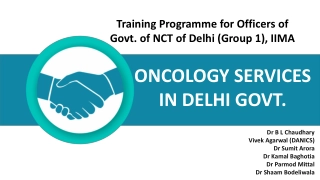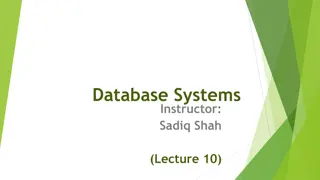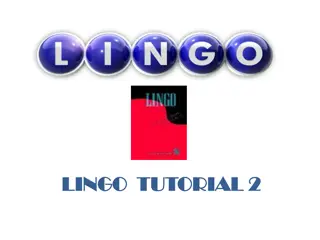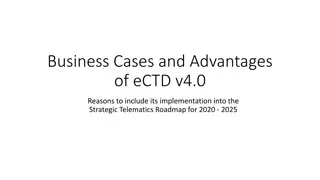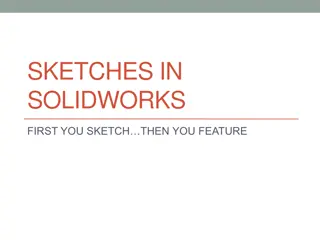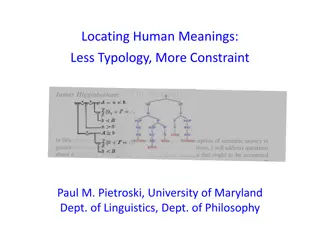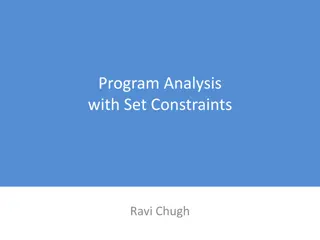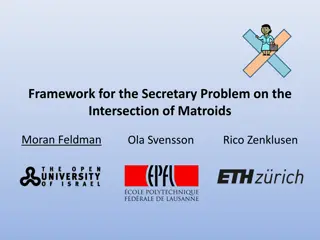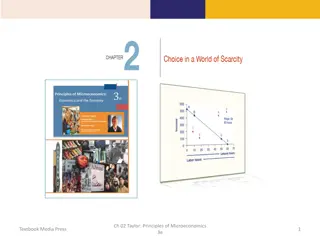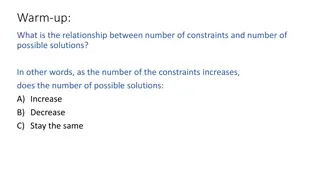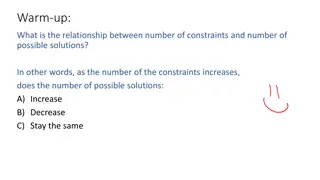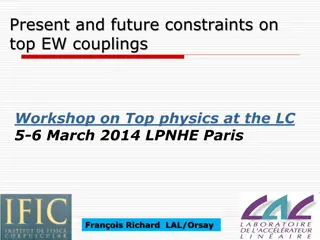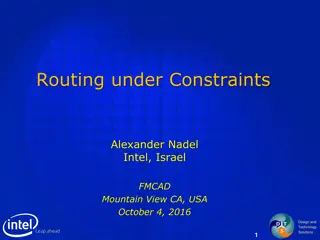Advantages and Challenges of Implementing eCTD v4.0 to Overcome Constraints
Embracing eCTD v4.0 offers advantages like harmonized rules, simplified life cycle activities, improved automation, and reusability of submitted documents. While the benefits are substantial, challenges such as evaluating cost-benefit ratios, ensuring compatibility with evolving IT systems, and adapting to data-based submissions need to be considered for successful implementation.
Download Presentation

Please find below an Image/Link to download the presentation.
The content on the website is provided AS IS for your information and personal use only. It may not be sold, licensed, or shared on other websites without obtaining consent from the author.If you encounter any issues during the download, it is possible that the publisher has removed the file from their server.
You are allowed to download the files provided on this website for personal or commercial use, subject to the condition that they are used lawfully. All files are the property of their respective owners.
The content on the website is provided AS IS for your information and personal use only. It may not be sold, licensed, or shared on other websites without obtaining consent from the author.
E N D
Presentation Transcript
Business View on eCTD v4.0 Advantages and challenges when considering implementation to overcome constrains of the current eCTD specification
Advantages of eCTD v4.0 for Regulators Internationally harmonized common rules to create and handle an electronic submission are provided. EU regional requirements are requiring no specific software code anymore. Simplification of all life cycle activities including flexible implementation of new submission requirements or modifications of the granularity of presented contents. Submitted documents can be re-used for example in procedures such as work-sharing, PSUR submissions, DCP/ MRP. One transition mapping message to allow continuous use of already submitted contents. Automation of administrative processing is properly supported. Much less maintenance effort for submission management and reviewing tools is necessary. Electronic submission required for regulated product types other than human medicinal products (e.g. for medical devices, clinical trial applications or veterinary medicinal products) can be easily supported eCTD 4.0 can make it possible to indicate that submitted content has received agency assessment, and what the outcome was. Such information could save further review and assessment work. 2 ICH M8 eCTD v4.0 Orientation Material
Grouped Submissions (all kinds of grouping, worksharing, PSUR, ASMF) Example: The submissionunit.xml will contain contextOfUse elements only for one application and references the document element UUIDs included from e.g. fr1762 submissionunit.xml by which the files are provided Provision of separate submissionunit.xml files of involved applications, submitted in one container to get all information same time
With eCTD v4.0, you can (for industry, but also with benefits for regulators) Re-use documents submitted previously, Correct information (e.g. display name or document title) easily, Group documents within a CTD section in a consistent way across ICH regions, Change document granularity while maintaining life cycle relationships, Set the order of documents within a CTD section, Identify submission content (e.g., datasets) for additional processing, and Transition current content in v3.2.2 to v4.0 and continue eCTD life cycle in v4.0. 4
Pre-requisites The benefit-cost-ratio needs to be evaluated. Agencies which are currently don t use an eCTD reviewing tool need to implement or need to have access to at least a simple viewing tool. Considering that IT developments will move from a document based towards a data based submission an impact analysis should be performed on how eCTD v4.0 will interact with IDMP implementation, application dataset usage for eAF or product databases for medicinal products.
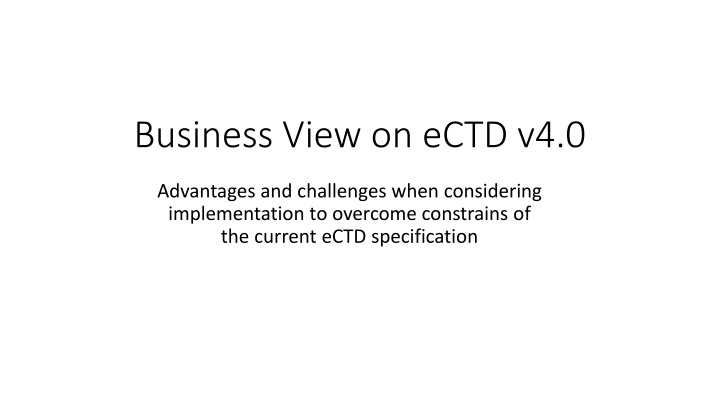

![Read⚡ebook✔[PDF] Life in the Universe: Expectations and Constraints (Springer P](/thumb/21626/read-ebook-pdf-life-in-the-universe-expectations-and-constraints-springer-p.jpg)
